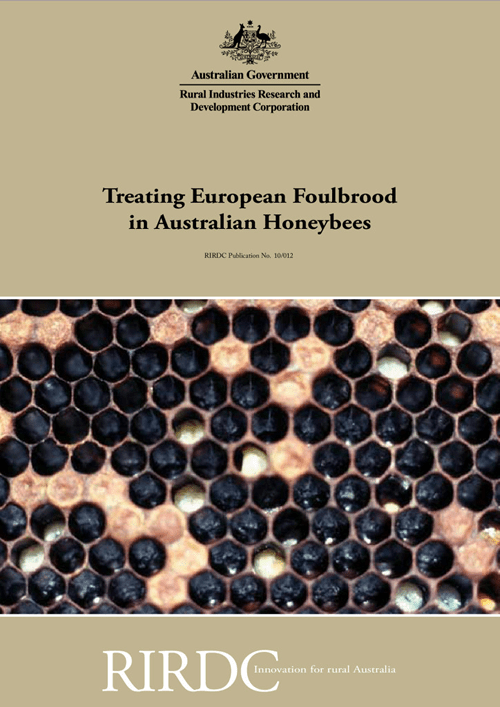European foulbrood (EFB), caused by Melissococcus plutonius, is a major bacterial honeybee disease which results in significant economic losses to the beekeeping industry in Australia and worldwide. In Australia the impact of EFB on the bee farming industry resulted in the introduction of hive treatment with the antibiotic oxytetracycline (OTC). More information was needed on the concentrations of OTC required to protect honeybee larvae from EFB.
Fatty acids are important in the development, nutrition and reproduction of honeybees. Eight fatty acids have been demonstrated to have antibacterial activity against M. Plutonius isolates. As control agents, fatty acids would be safe and environmentally sound. A further aim of this project was to determine the dose required to reliably cause disease in larvae. This information would provide a better understanding of the ecology of M. Plutonius.





